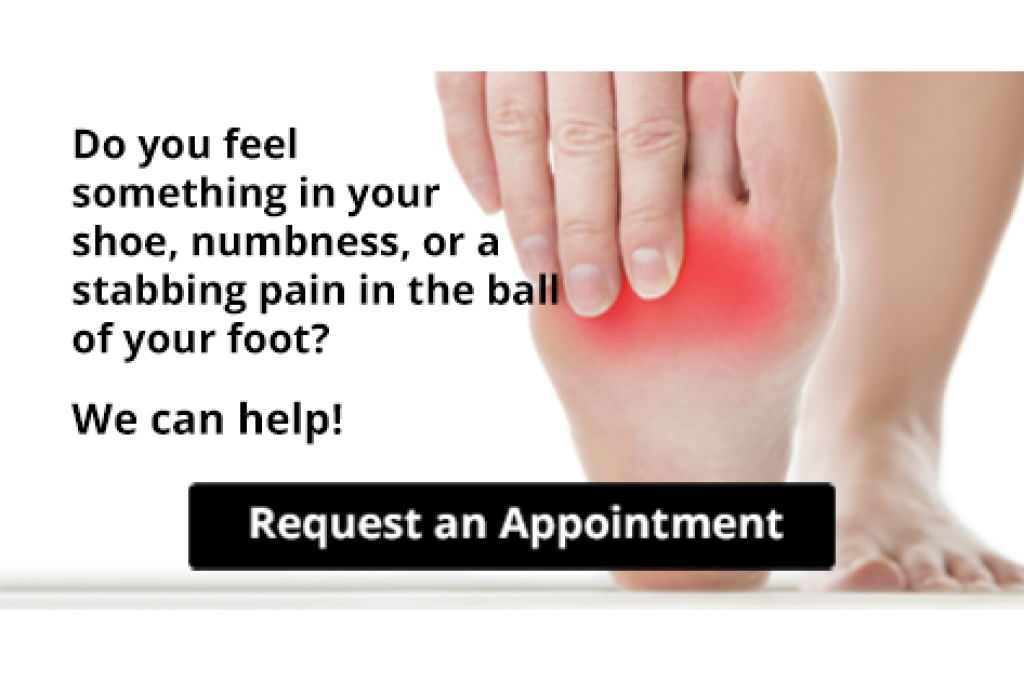
A blister on the foot often develops as a result of excess friction that can come from wearing shoes and socks that do not fit correctly. It is defined as a small area that resembles a bubble and is filled with a serum that contains antibodies. When a blister forms, it is the body’s natural defense technique in protecting the raw skin, and will gradually drain as new skin develops. Additional reasons a blister may form can include allergic reactions to an insect bite, or existing medical conditions that can consist of eczema and psoriasis. Many people have abnormal foot shapes which may affect the fit of the shoe, possibly leading to a blister forming. Patients who have peripheral neuropathy or diabetes may be unaware of a rubbing sensation on their feet as a result of the inability to feel pain. It is important to refrain from popping the blister, which may result in infection and damage to the raw skin underneath it. If you have a blister on your foot, please consult with a podiatrist who can help you to properly manage it, and guide you toward preventing future blisters from developing.
Blisters may appear as a single bubble or in a cluster. They can cause a lot of pain and may be filled with pus, blood, or watery serum. If your feet are hurting, contact one of our podiatrists of Westside Podiatry Center, LLP. Our doctors can provide the care you need to keep you pain-free and on your feet.
Foot Blisters
Foot blisters are often the result of friction. This happens due to the constant rubbing from shoes, which can lead to pain.
What Are Foot Blisters?
A foot blister is a small fluid-filled pocket that forms on the upper-most layer of the skin. Blisters are filled with clear fluid and can lead to blood drainage or pus if the area becomes infected.
Symptoms
(Blister symptoms may vary depending on what is causing them)
- Bubble of skin filled with fluid
- Redness
- Moderate to severe pain
- Itching
Prevention & Treatment
In order to prevent blisters, you should be sure to wear comfortable shoes with socks that cushion your feet and absorb sweat. Breaking a blister open may increase your chances of developing an infection. However, if your blister breaks, you should wash the area with soap and water immediately and then apply a bandage to the affected area. If your blisters cause severe pain it is important that you call your podiatrist right away.
If you have any questions, please feel free to contact one of our offices located in Liverpool, Camillus, Skaneateles, Oswego, and Cicero, NY . We offer the newest diagnostic and treatment technologies for all your foot care needs.




